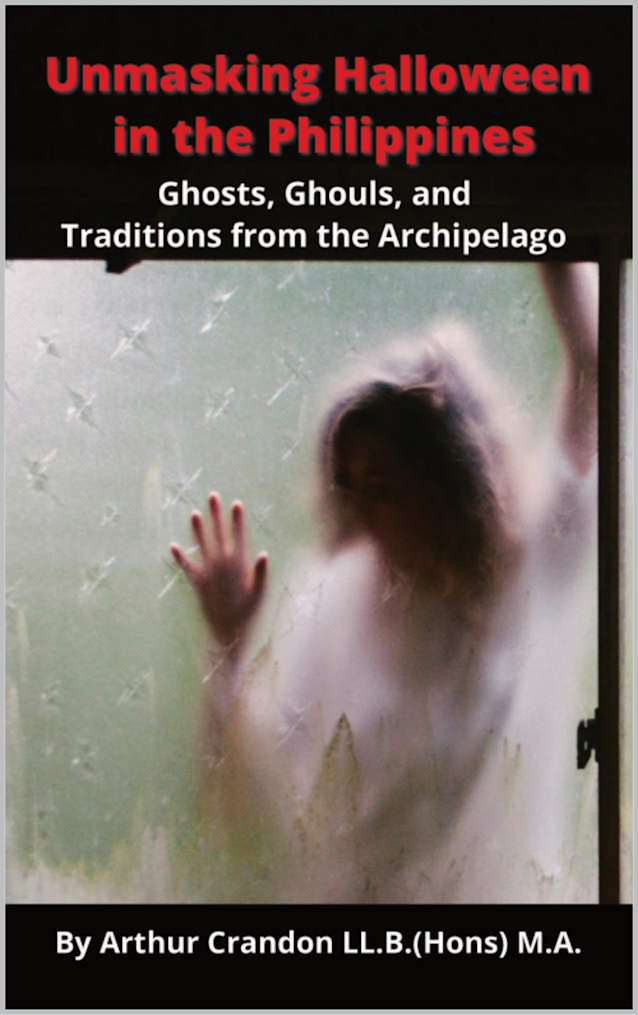Unmasking Halloween in the Philippines: Ghosts, Ghouls, and Traditions from the Archipelago
About
“Unmasking Halloween in the Philippines - Ghosts, Ghouls, and Traditions from the Archipelago” likely delves into the unique blend of cultural influences that shape Halloween celebrations in the Philippines. Let’s explore some key points:
- Historical Context:
- Halloween, locally known as “Undas” or “Araw ng mga Patay” (Day of the Dead), has deep roots in Filipino culture.
- It combines pre-colonial indigenous beliefs with elements from Spanish Catholicism.
- All Saints’ Day and All Souls’ Day:
- These two days (November 1st and 2nd) are significant in the Philippines.
- Families visit cemeteries to honor their departed loved ones.
- They clean and decorate graves, light candles, and offer prayers and food.
- Superstitions and Folk Beliefs:
- Filipinos have various superstitions related to spirits during this time.
- For instance, it’s believed that spirits roam freely during Undas, so people avoid whistling or making loud noises.
- Some families leave out food for the souls of the departed.
- Costumes and Parades:
- While not as elaborate as Western Halloween costumes, some Filipinos dress up in spooky attire.
- Schools and communities organize parades, where kids wear costumes and collect treats.
- Traditional Filipino Ghosts and Creatures:
- The book explores local supernatural beings:
- Aswang: A shape-shifting monster that can appear as a human during the day but transforms into a fearsome creature at night.
- Tiyanak: A vampiric baby spirit that lures victims into the forest.
- White Lady: A ghostly woman in white who appears near bodies of water or dark roads.
- Kapre: A giant tree-dwelling creature with glowing red eyes.
- Manananggal: A female vampire who detaches her upper body to fly and hunt at night.
- The book explores local supernatural beings:
- Food Traditions:
- Special food is prepared during Undas, including “kakanin” (sticky rice cakes) and “bibingka” (rice cake cooked in clay pots).
- Families share meals at the gravesites.
